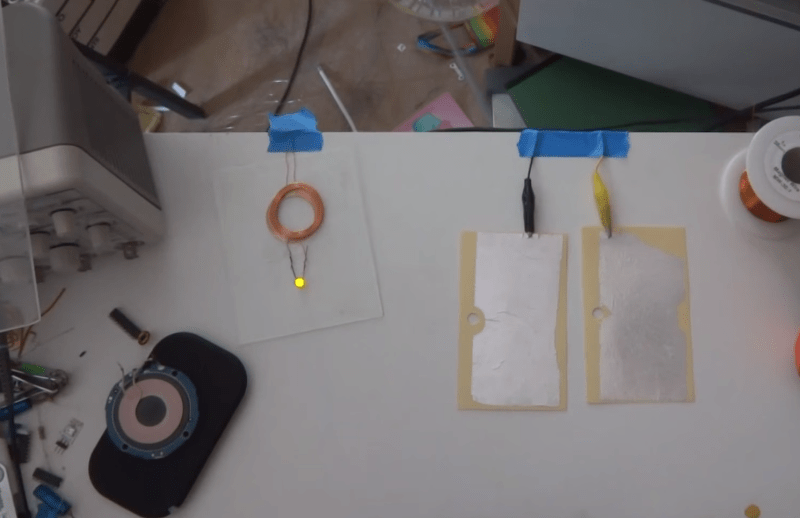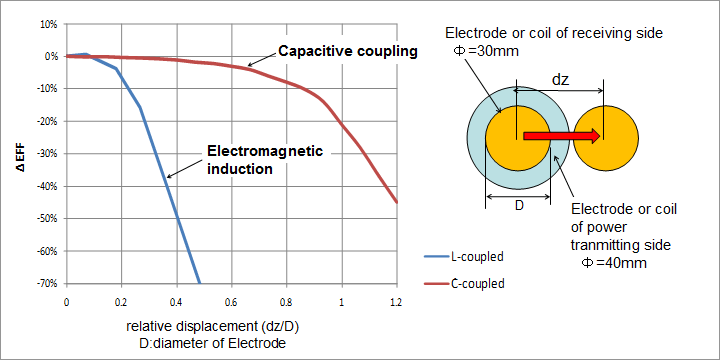
Murata Taps Capacitive Coupled Method For Wireless Power
Magnetic Resonance Coupled Wireless Power Transfer With
A Double Sided Lc Compensation Circuit For Loosely Coupled

Wireless Power System Design For Maximum Efficiency

Introduction Springerlink

Figure 1 From Study On A Capacitive Coupling Wireless Power

Wireless Power Transfer Using Capacitive Plates Hackaday
A Network Based Approach For Modeling Resonant Capacitive
A Frequency Tracking Algorithm For Inductively Coupled

Wirelesspowerstandardrization Power Wireless Transmission

Wireless Charging

Basic Tesla S Experiments Part 2 Capacitive Coupling

Conjugate Image Theory Applied On Capacitive Wireless Power

Em Experiment 8 Tuned Resonant Inductive Wireless Power

A Comprehensive Overview On The Development Of Compensation
Comments
Post a Comment